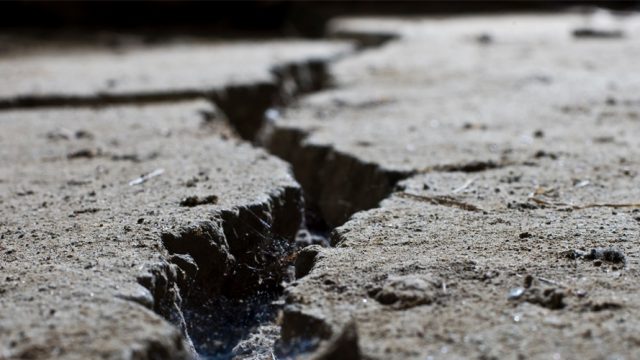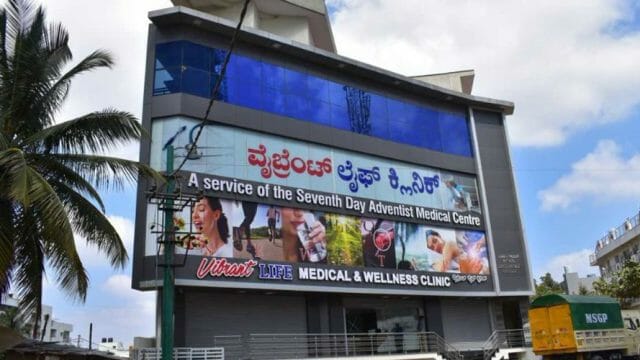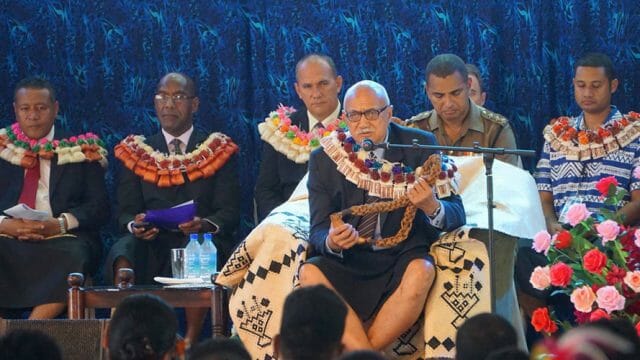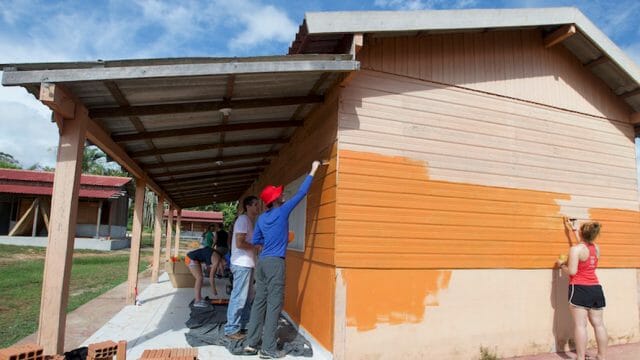Trisha Broy has participated in archeological digs for 25 years.
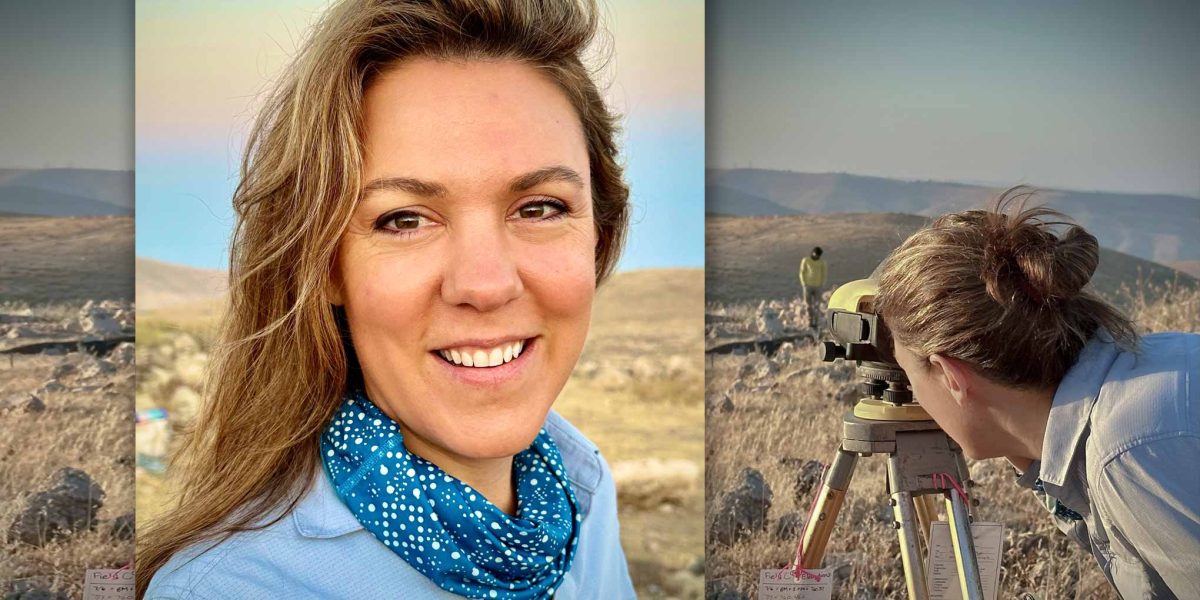
Walking into assistant professor of religion Trisha Broy’s office at Union College in Lincoln, Nebraska, United States, is like entering a miniature museum of archeology. She has trays of ancient ceramic shards, a stone ax head, and even a mostly intact clay jar, all of which she found at various archaeological dig sites. But Broy’s favorite thing to show is a 3D-printed replica of a mysterious Egyptian statue.
“This is the coolest thing we’ve ever found,” Broy says. “This statue came from the late Middle Kingdom of Egypt but was found in a much later deposit in Jordan in a non-Egyptian settlement. He’s made of dark stone and worn, as if he’s been touched a lot, particularly in the feet and face. It’s a mystery how he got there. It’s such a unique artifact that the original went to a museum in Amman, Jordan.”
Over the past 25 years, Broy has excavated in Jordan, Sicily, and the state of Tennessee in the United States. However, with her master’s in Egyptology and doctorate in biblical archeology, her favorite digs are those in Jordan. She’s spent the past few summers at Khirbet Safra, an archaeological site with ruins dating back to the 13th century BC.
“I get so fascinated by the artifacts we find there,” Broy says. “Thousands of years ago, somebody was making the jars we find with their hands in the clay. It’s such a connection with the ancient people.”
Currently, Broy is focusing her archaeological research on finding clarity on ancient Egyptian interactions in Jordan, inspired by the discovery of the Egyptian statue and other artifacts at Khirbet Saftra. “To put it in perspective, these are the only artifacts that have ever been found in Jordan originating from this time period that come from Egypt like this,” Broy says. “We have a lot of knowledge on what happened on the west side of the Jordan River, but not as much about the east side. We’re working to better understand why we have this Egyptian material, especially since Khirbet Saftra is very small and out of the way. There’s no reason why it was a big site in antiquity.”
Broy’s passion for biblical archaeology brings the Scriptures alive for her students at Union College. “A lot of my students have heard the stories in the Bible since they were little children, and sometimes they lose connection with them in the real world,” Broy says. “What archeology does for me, and hopefully for my students, is bring the Bible back into perspective. These are real people and real events that happened in real space and real time. Archeology brings tangibleness to the stories. It gives you that sensory experience with the past, which makes it more real.”
This semester, Broy is teaching Pentateuch, Biblical Hebrew I, and Introduction to Christian Faith and Adventism. “All my classes are fun to teach,” she says. “I can’t pick a favorite, but I have favorite aspects of each of them. It’s like trying to pick your favorite child.”
“My Pentateuch class covers the first five books of the Bible. My Egyptology background bubbles up there as we talk about the Exodus. Hebrew is primarily taken by junior and senior theology majors, so it’s just a great group of students who are dedicated to the ministry and are wanting to dig deeper into biblical language.
“I love teaching Introduction to Christian Faith and Adventism, because for a lot of the students these topics are new. It’s like going to Disney World with someone who’s never been there before and seeing the wonder in their eyes, only better. Even though I’m revisiting these biblical topics such as salvation, exploring them with students for the first time is always exciting.”
The original version of this story was posted by Union College.



